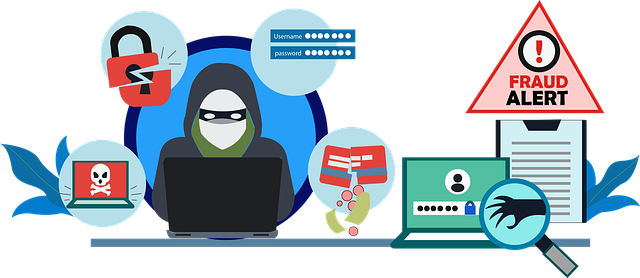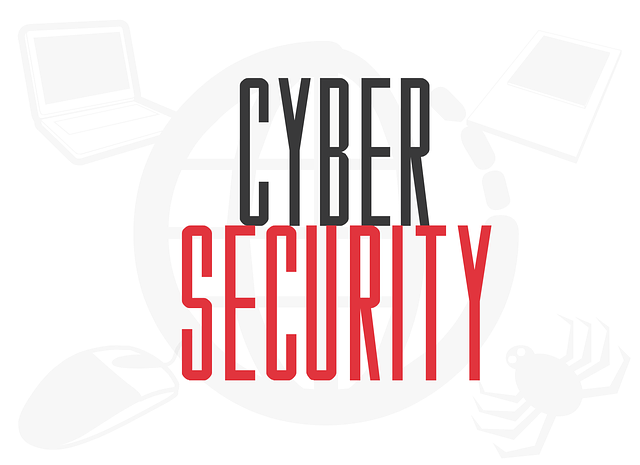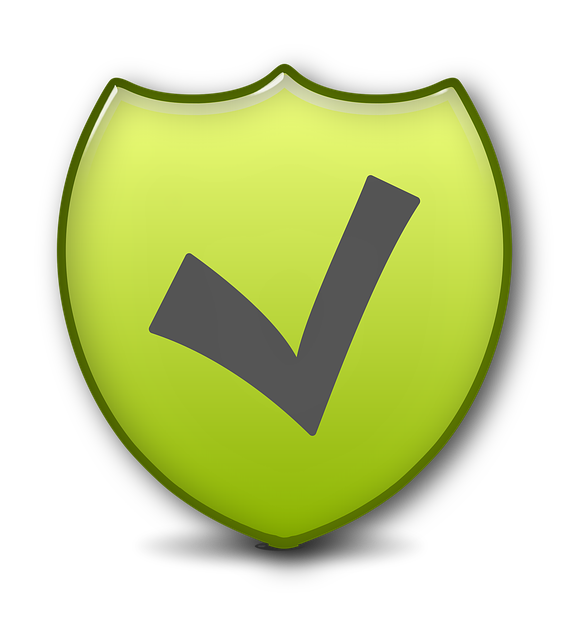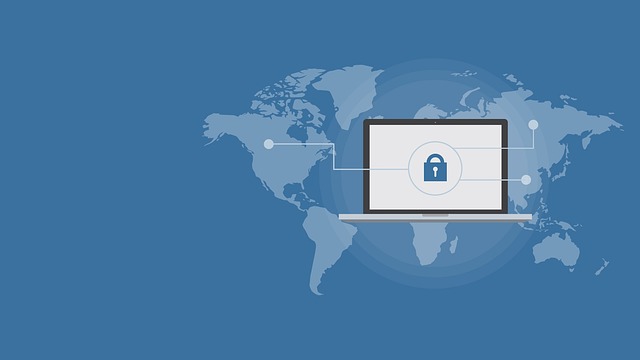Regularly verify personal data like name, address, DOB, and SSN to catch security breaches early. Check financial records, watch for unauthorized charges, and monitor account changes. Look for inconsistencies in employment history, income, or contact info. Keep contact and address details up-to-date to avoid communication failures. Review account activity for unusual transactions or changes in personal data. Spot unusual patterns, financial changes, or errors indicating potential fraud. Prioritize privacy by restricting access, using encryption, and conducting regular security audits.
Regularly reviewing your financial records is crucial for maintaining financial health. This involves a meticulous process of verifying your personal data. Start by examining your personal information, checking for inconsistencies or errors that could indicate identity theft. Next, verify contact and address details to ensure accuracy. Review account activity and transactions for any unusual patterns or activities. Implement robust data privacy and security measures to protect yourself from potential risks.
- Examine Your Personal Information
- Check for Inconsistencies and Errors
- Verify Contact and Address Details
- Review Account Activity and Transactions
- Detect Unusual Patterns or Activities
- Ensure Data Privacy and Security Measures
Examine Your Personal Information

When reviewing your records for potential red flags, it’s crucial to start by examining your personal information. This includes verifying your name, address, date of birth, and social security number. Double-check that all this data is accurate and up-to-date. In today’s digital era, even a minor discrepancy in your personal details can be a red flag for identity theft or fraud.
Regularly review your financial records to ensure transactions match what you remember. Look out for unauthorized charges or withdrawals. Similarly, monitor any changes in your account settings, such as new devices accessing your accounts or unusual login locations. By staying vigilant and regularly verifying your personal data, you can identify potential security breaches early on, safeguarding your financial health and personal information.
Check for Inconsistencies and Errors

When reviewing your records, it’s crucial to pay close attention to any inconsistencies or errors that could serve as red flags. Verify personal data such as names, addresses, dates of birth, and social security numbers to ensure accuracy. Inconsistencies in these details may indicate potential issues like identity theft or administrative oversights.
Regularly cross-check against your official documents and bank statements. Look out for discrepancies in employment history, income amounts, or even basic contact information. These anomalies could signal problems that need immediate attention. By meticulously checking for such errors, you can better protect yourself from fraudulent activities and ensure the integrity of your records.
Verify Contact and Address Details

Regularly verifying your contact and address details is a crucial step in maintaining data accuracy and security. When reviewing your records, ensure that all phone numbers, email addresses, and physical addresses are up-to-date. Outdated or incorrect information can serve as a red flag, potentially leading to communication failures and delivery issues. This simple act of verification acts as a protective measure, ensuring important documents, notifications, and updates reach you promptly.
By keeping your personal data current, you reduce the risk of missed opportunities or critical information going unnoticed. It’s an easy yet effective way to stay in control of your records and maintain a seamless flow of communication. This process is particularly vital for individuals managing sensitive records, such as financial documents or legal paperwork, where accurate contact details are essential for timely responses and compliance.
Review Account Activity and Transactions

Regularly reviewing your account activity and transactions is a crucial step in identifying potential red flags and safeguarding your financial health. Start by logging into your bank or credit card accounts online and spending some time scrutinizing recent activity. Look for any unusual transactions that you can’t immediately explain. This could include purchases made at unfamiliar locations, unexpected charges, or money transfers to unknown recipients. Verify personal data such as your name, address, and account numbers during this process to ensure no unauthorized changes have been made.
Pay close attention to the dates, amounts, and frequency of transactions. If you notice anything out of the ordinary, don’t ignore it. Take immediate action by contacting your bank or financial institution to report suspicious activity. They can help investigate the matter and take necessary steps to protect your account from potential fraud or identity theft.
Detect Unusual Patterns or Activities

When reviewing your records, a keen eye for unusual patterns or activities is crucial. Start by verifying your personal data—names, addresses, social security numbers, and employment history should all align across various documents. Discrepancies could indicate potential identity theft or fraudulent activity. Look out for sudden changes in financial behavior, such as unexplained withdrawals or large purchases, especially if they don’t match your usual spending patterns.
Additionally, keep an eye on recurring errors or inconsistencies in your records. For instance, repeated typos in important fields or unusual formatting can raise red flags. Regularly monitor your statements and reports for any suspicious notations or missing information. By detecting these unusual activities early on, you empower yourself to take immediate action to protect your records and personal information.
Ensure Data Privacy and Security Measures

When auditing your records, it’s crucial to assess the privacy and security measures in place to protect sensitive personal data. Start by verifying that access to your records is restricted to authorized personnel only. This involves implementing robust authentication protocols, such as multi-factor authentication, to ensure that only those with legitimate reasons can access your databases. Regularly reviewing and updating user permissions is also essential to maintain a secure environment.
Additionally, ensure that your data storage systems are encrypted, both at rest and in transit. Keep software and security patches up-to-date to protect against known vulnerabilities. Conducting routine security audits and penetration testing can help identify potential weaknesses and ensure that personal data remains confidential and secure. Regularly backing up data and having a disaster recovery plan in place further safeguard your records from unauthorized access or data loss.






